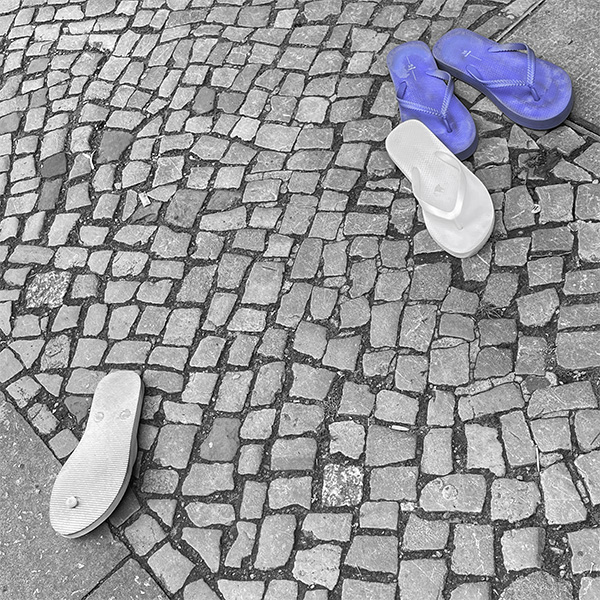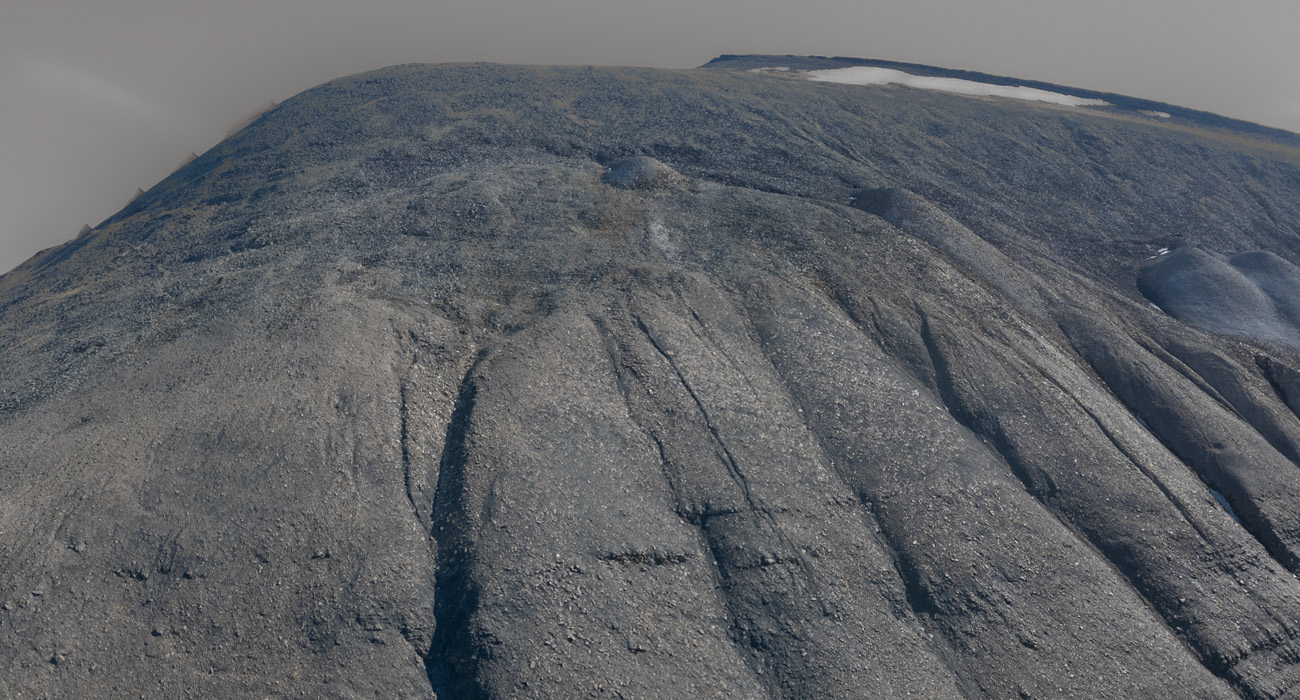How to See Differently – A Photographer’s Guide to Personal Vision
“The camera is an instrument that teaches people how to see without a camera.”
– Dorothea Lange
Icons of Individual Vision
Throughout the history of photography, some artists have stood apart not merely for their technical brilliance but for the way they saw the world. Their images weren’t just documents—they were expressions of thought, emotion, and identity.
Take Henri Cartier-Bresson, the master of the decisive moment. He didn’t just photograph what was in front of him—he anticipated it, danced with the fleeting, and framed reality in its most poignant split seconds. His vision was rooted in geometry, intuition, and empathy.
Diane Arbus turned her lens toward those living on the edges of society—not as curiosities, but as equals in dignity. Her stark, direct portraits were more than images; they challenged norms and asked questions.
Saul Leiter, who spent much of his life in obscurity, turned the everyday into a painterly dream. Through reflections, windows, and color blocks, he reduced scenes to abstraction, showing that mystery can live in simplicity.
Sebastião Salgado, with his epic black-and-white projects, offers not just documentation of global hardship and hope—but a deeply humanist worldview. His eye sees both suffering and resilience with the same clarity.
These photographers didn’t just take pictures. They made images with a point of view. That is the essence of seeing differently.
The Philosophy of Seeing
To see differently begins with one basic truth: the world does not look the same to everyone.
Our background, culture, emotions, memories, even the time of day—all shape what we notice and how we interpret it. Photography, then, is not a mere act of clicking a shutter, but a reflection of your inner landscape projected onto the outer one.
Seeing differently is not about finding something exotic or new—it’s about noticing what others overlook. Philosopher John Berger once said, “We only see what we look at. To look is an act of choice.”
In a world saturated with visual noise, your vision is your filter. What do you care about? What are you curious about? What moves you? Begin there.
Practical Steps to Train Your Eye
- Slow Down.
The most obvious thing to photograph is usually the least interesting. Pause. Walk slower. Breathe. Wait. Good images often happen just after you would’ve moved on. - Ask Questions Before Shooting.
What is the story here? What is the mood? What is not visible? Photography is less about answers than about asking the right visual questions. - Study, Don’t Imitate.
Look at the work of others—not to copy but to dissect. What is it about their framing, light, or timing that resonates with you? Then look away and shoot your own way. - Work With Constraints.
Limit yourself: one lens, one location, one color, one emotion. Constraints force creativity. They shift your attention from the what to the how. - Look Beyond the Subject.
Backgrounds matter. Light tells stories. Shadows whisper. Reflections deceive. What’s behind and around the subject is often just as important. - Let Go of Perfect.
Technically perfect photos are often emotionally sterile. Embrace blur, grain, odd crops—if they serve the mood or story. - Keep a Visual Diary.
Shoot every day—not to create masterpieces, but to see. Use your phone, a compact camera, anything. Vision is a muscle: train it. - Return Often.
Revisit places and subjects. Seeing differently sometimes requires seeing again—under different light, with a different mindset.
Seeing While Traveling
When you travel with a camera, you carry more than gear—you carry perception. The temptation is always to chase the postcard shot. Don’t.
Instead, be curious. Linger in quiet corners. Notice gestures, signs, textures. Think in fragments and moods rather than grand scenes. Ask yourself: “What does this place feel like—and how do I translate that into an image?”
A seasoned photographer once told me: “Don’t shoot what it looks like. Shoot what it feels like.” That’s how you see differently.
Final Thoughts
Photography is an outward expression of an inward vision. To see differently means to look beyond clichés, to resist the obvious, to engage with the world with sensitivity and intent.
You don’t need exotic places or rare moments. You need attention. You need honesty. And you need to trust that your way of seeing—however quiet or strange—is valid.
In the end, the best images aren’t about the world. They are about the photographer who noticed it.
Explore more:
If this topic resonates with you, check out my visual series on Minimalist Landscapes, where “less” becomes a way of seeing more.
Let me know in the comments: What changed the way you see with your camera?



